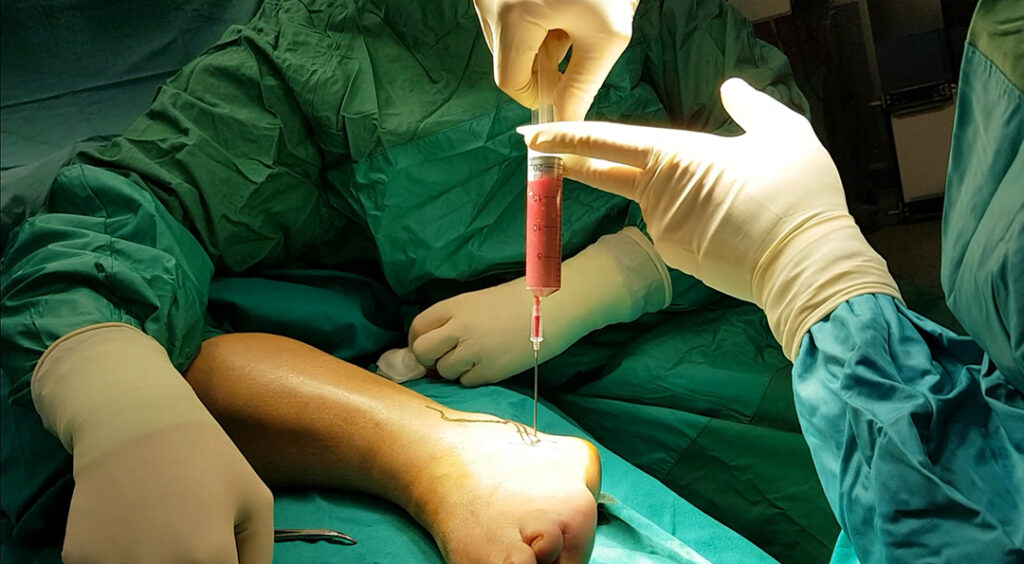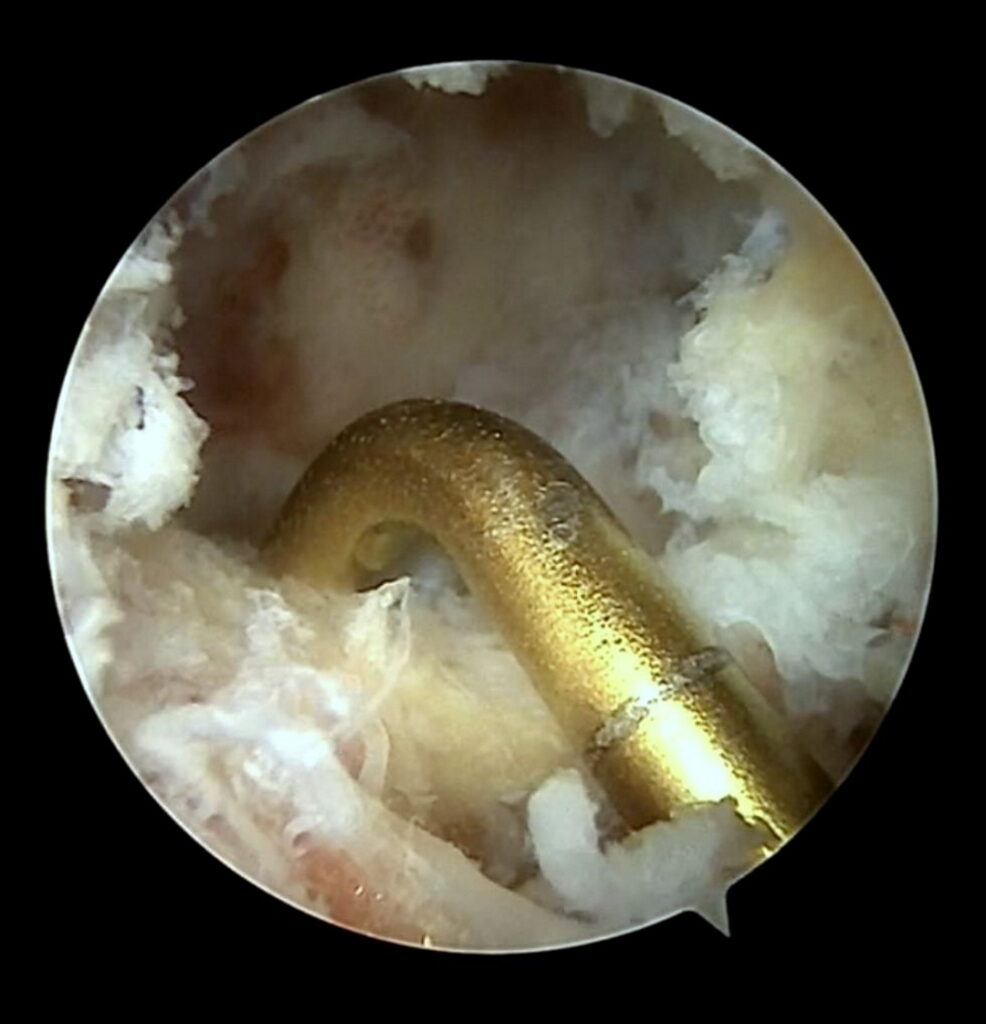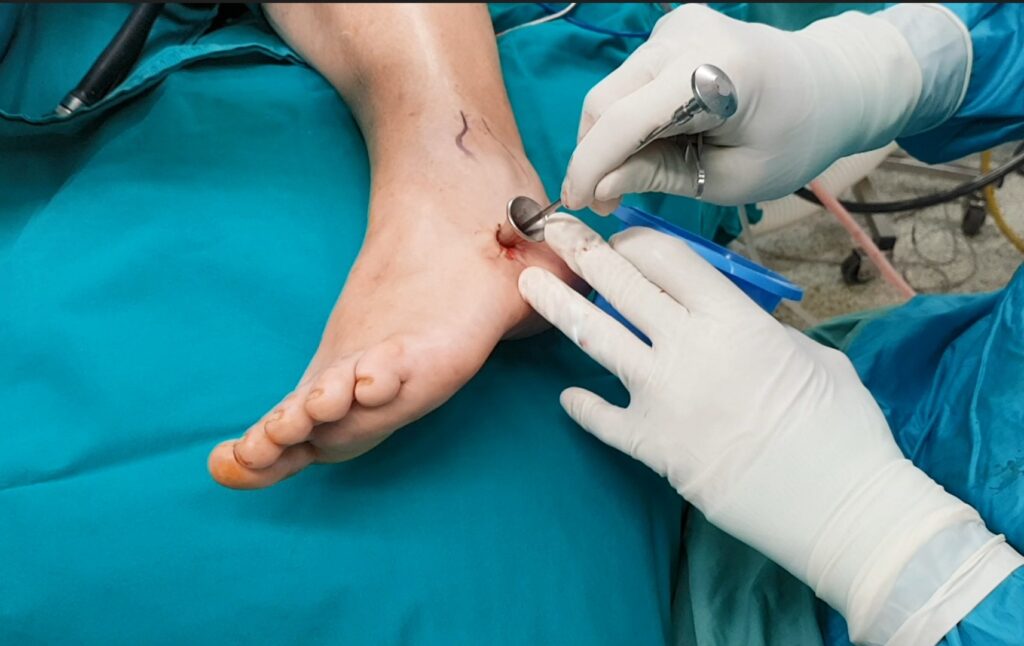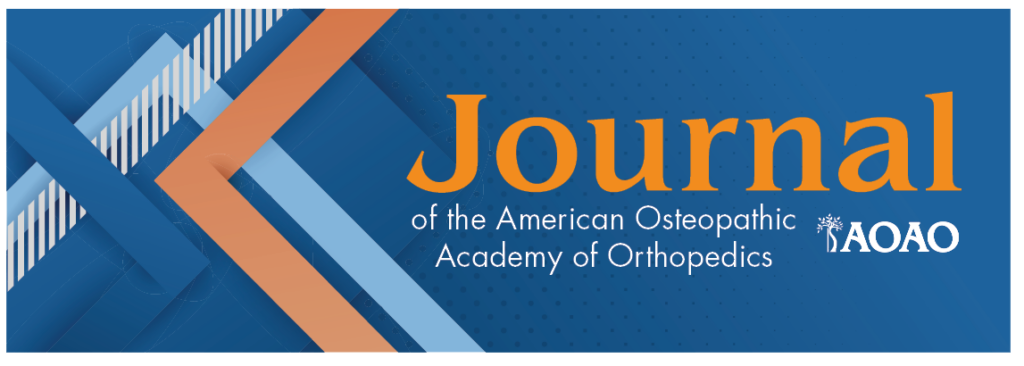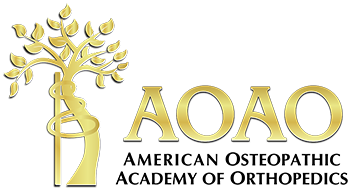1Kermanshahi N, 2Symeonidis P, 3Gianakos A
1Midwestern University , Glendale, Arizona, United states; 2“OSTEON” Orthopedic Clinic, Thessaloniki, , Greece; 3Yale University, New Haven, CT, United States
Background
Benign calcaneal fractures are rare. However, they can cause pain and lead to pathological fractures in patients. Currently, an array of treatment options is available including open and endoscopic curettage and a variety of grafts such as allografts, autografts, and bone substitutes. Previous reports have studied various calcaneal cysts, treatments, and graft types. The purpose of the present systematic review is to evaluate the endoscopic treatment modalities for calcaneal benign bone cysts and propose a technique.
Methods
A systematic review of PubMed, MEDLINE, Web of Science, and CINAHL from inception until December 10th, was performed to evaluate clinical studies of benign calcaneal bone cysts treated with endoscopic techniques. Primary outcomes included endoscopic technique, type of graft, operative time, complications, and recurrence rate. Secondary outcomes included, the post-op course, such as rehabilitation, residual symptoms, function, time to full weight bearing, bone healing, and changes to the AOFAS ankle/hindfoot scale score.
Results
26 studies with 106 patients (108 cysts) were selected. 68 males, and 24 females, with a mean age of 21.0 years were included. There were 86 simple bone cysts, 5 aneurysmal bone cysts, and 14 intraosseous lipomas. 19 studies utilized endoscopic curettage with grafting, 4 endoscopic curettages without grafting, and 3 only used fluoroscopic for localization. 32 cysts were treated with autografts, 1 allograft, 2 with both, and 38 with injectable bone substitutes. The mean operative time was 56.4 minutes. Complication and recurrence rates were 3.1 % and 0.9%, respectively. The average time to full weight bearing was 29.5 days, and the mean AOFAS ankle/hindfoot scale scores before and after surgery were 76.9 and 98.5, respectively. The average follow-up was 29.7 months.
Conclusion
This study demonstrates that endoscopic techniques can offer a safe and efficient alternative to open surgical procedures, while also allowing quicker full weight bearing and return to activity.
